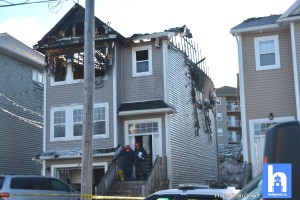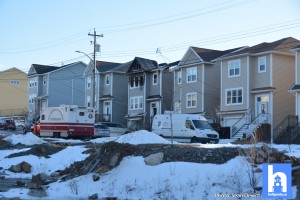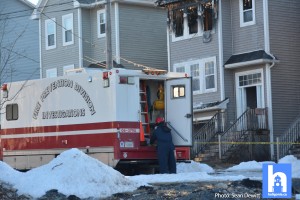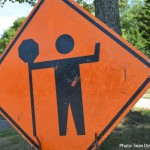**** HRFE Media Release
Fire investigation update into Quartz Drive fatal house fire
Halifax Regional Fire & Emergency (HRFE) investigators are classifying the cause of the February fatal house fire on Quartz Drive in Halifax as undetermined.
“We followed every investigative avenue available to us – and tested every theory – to learn what we could about this fire,” said HRFE Chief Ken Stuebing. “We believe the fire started in the back of the main floor living room area, near a couch. However, despite our best efforts, we are unable to say what caused this tragic event.”
Fire investigations by their nature are challenging and very difficult to solve because valuable evidence can be lost in a fire. Clues that might lead investigators in a certain direction are destroyed. It’s not unusual to conclude a fire investigation without being able to identify a cause.
Since January 2015, the cause in 25 per cent of major fires in the municipality were classified as undetermined.
Stuebing said the fire department will continue to investigate the cause of this fire if new information becomes available.
HRFE investigators consulted with the provincial Fire Marshal’s Office and the investigator with the property owner’s insurance company. Everyone came to the same conclusions.
Stuebing said while a cause couldn’t be determined, investigators say nothing was found at the scene that would lead them to believe the fire was suspicious or that an accelerant was used.
Investigators were also able to rule out possible ignition sources. “Based on evidence collected and documented at the scene, we can confidently say the fire was not caused by baseboard heaters, kitchen cooking, or because of an electrical fault or defect,” said Stuebing.
The electrical panel utilized breakers. The breaker for the baseboard heater was in the off position. The breaker was removed and analyzed by an electrical engineer, who concluded it was working, however it was in the off position before the fire started.
Stuebing said when the cause of a fire is undetermined, it is impossible to suggest what – if anything – could have been done to prevent it.
Despite not knowing the cause, nothing led investigators to believe there is a public safety concern.
Stuebing said the first line of defence against fire loss is public education.
With that in mind, HRFE continues to work with ISANS, the Immigrant Services Association of Nova Scotia, to provide fire prevention education materials and training sessions for those interested in learning more about how to make their new Canadian homes safer.
Since the tragic fire in February HRFE has:
- Organized eight fire safety presentations
- Attended with fire prevention booths at three public events
- Held two train-the-trainer events where we advised the new trainers on what fire safety information they should consider/avoid in their sessions, and what resources are available to them.
- Added a link on the municipal website to multi-language fire safety tip sheets.
HRFE also has two programs aimed at equipping citizens with valuable fire prevention tips and tools.
The first is HRFE’s ‘Alarmed and Ready’ program, which provides residents with smoke and/or carbon monoxide detectors if they cannot afford one.
In addition, HRFE recently introduced the Practice Using Safety at Home (PUSH) program, which puts fire crews into the community, performing home visits. These home visits include education on civic numbering, emergency preparedness, the importance of early warning devices, and a demonstration on how to maintain and test smoke and carbon monoxide alarms.
Residents are encouraged to call 311 for more information on either program.
A short summary of this fire investigation and other investigations can be found on the HRFE Fire Investigations website.











